Communication Choices
“What works for your child is what makes the choice right”
In every situation, the many variables are entirely unique to the child, the etiology, his or her family, their goals, the available resources, and a host of other considerations. As such, it is simply inappropriate and unproductive to impose a notion of methodological superiority over each other.
American Sign Language
(ASL)
A fully visual, natural language that has the same linguistic properties as spoken languages, with grammar that differs from English. ASL is expressed by movements of the hands and face.
Cued Speech
Cued Speech combines a small number of simple hand cues with the natural mouth movements of speech to make the sounds (phonemes) of spoken languages visually clear.
Listening & Spoken Language
(LSL)
Teaches infants and children with to listen and talk with the support of hearing technology such as hearing aids, or cochlear implants.
Total Communication
Any combination of strategies including ASL, SEE, LSL, and amplification technology.
Signing Exact English
(SEE)
A form of sign language that follows the same structure as spoken English. Some of the signs in SEE are the similar to ASL equivalents.












